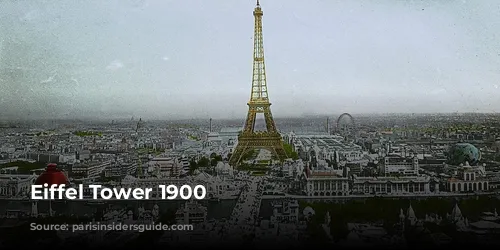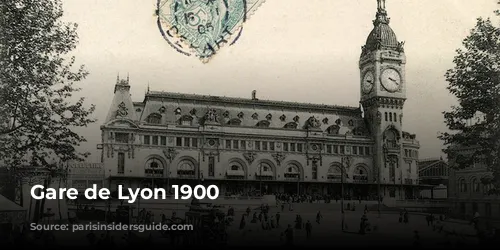The Paris Exposition of 1900, also known as the Paris Exposition Universelle, was a monumental celebration of the 19th century’s technological and artistic achievements. This grand spectacle, held in the heart of Paris, attracted over 50 million visitors from across the globe. It was more than just a fair; it was a showcase of the future, highlighting groundbreaking inventions and innovative architectural designs that would shape the 20th century. This event solidified Paris’ position as a leading city of the modern age, demonstrating its prowess in technological advancement with landmarks like the Metro, Gare de Lyon, and Pont d’Alexandre III.

A City Transformed: The Exhibition’s Grand Scale
The fairgrounds of the 1900 Exposition Universelle were truly massive, sprawling across 543 acres. The event took place in some of Paris’ most iconic locations: the Champ de Mars, the Trocadero, the Esplanade des Invalides, and the banks of the Seine. This sprawling exhibition encompassed diverse pavilions, innovative exhibits, and a dazzling array of performances and events.
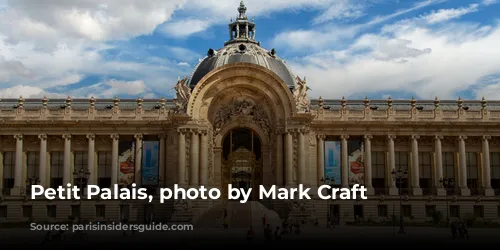
From Campbell’s Soup to the Rise of Cinema
The 1900 Exposition saw a range of unexpected stars. Campbell’s Soup earned a gold medal for excellence, a recognition that continues to grace many of their labels today. The iconic label, designed in the 1870s, remains a testament to the company’s legacy.
This era was also dubbed Rama-Mania, a testament to the captivating panoramic presentations that enthralled audiences. Shows like Cinéorama, Mareorama, and the Trans-Siberian Railway Panorama transformed the way people experienced the world. Cinéorama, in particular, blended panoramic paintings with cinema to simulate a hot air balloon ride over Paris. This immersive experience, though short-lived due to fire concerns, paved the way for future innovations like Disney’s Circle-Vision 360°, a testament to the enduring power of immersive storytelling.
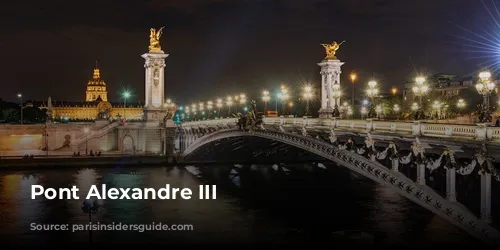
A Global Tapestry: The Diversity of National Pavilions
The 1900 Exposition served as a platform for showcasing the world’s diverse cultures and architectural styles. Forty-seven nations participated, each crafting unique pavilions that reflected their unique identity. The British pavilion, modeled after an aristocratic castle, stood in stark contrast to the German pavilion that resembled a traditional beer hall. Finland presented a revolutionary exhibit with a clean and simple design, while Sweden’s bright yellow and red pavilion became a crowd favorite, a vibrant testament to its cultural identity.
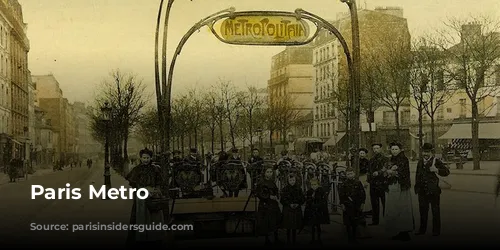
A Glimpse into the Future: From the Eiffel Tower to the Paris Metro
The 1900 Exposition was a testament to the era’s technological advancements, ushering in a new era of innovation. The Eiffel Tower, Paris’ iconic symbol, was adorned in a bright golden-yellow hue for the occasion, a unique transformation that marked this special year.
The Palace of Electricity, adorned with five thousand multi-colored incandescent lamps, became a glowing beacon of light, symbolizing the dawn of a new era. The exposition also marked a pivotal moment in cinema history, with the debut of short opera and ballet films featuring moving images and sound. This early exploration of synchronized sound laid the foundation for the talking pictures of the future.
The opening of the Paris Metro on July 14, 1900, marked a major milestone in urban transportation. Fulgence Bienvenue, known as “Le Pere du Metro,” spearheaded this ambitious project, creating a transportation network that transformed the city’s landscape and solidified its position as a modern metropolis.
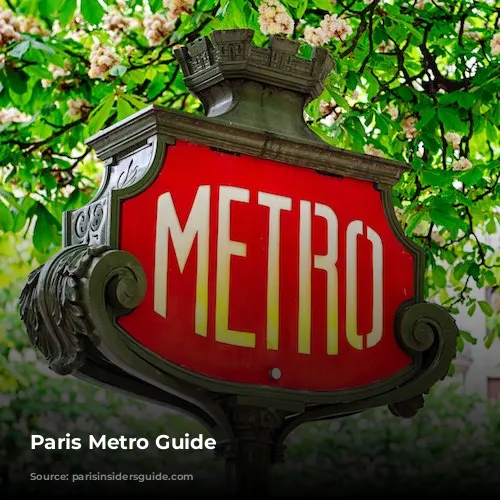
The Birth of Icons: Matryoshka Dolls and the Olympic Games
The 1900 Exposition also saw the emergence of cultural icons. The matryoshka dolls, traditionally associated with Slavic culture, actually made their debut at the exposition. These iconic dolls, not designed until 1890, earned a bronze medal in Paris, launching their journey towards becoming a global symbol of Russian culture.
The exposition also played host to the first Olympic Games held outside of Greece. The Bois de Vincennes, a sprawling parkland on the eastern side of the city, served as the stage for these sporting events. This marked a pivotal moment in the history of the Olympics, expanding its reach beyond its Greek origins. The exposition also introduced the world to women’s participation in the Olympics, with women’s croquet becoming a highlight of the games.
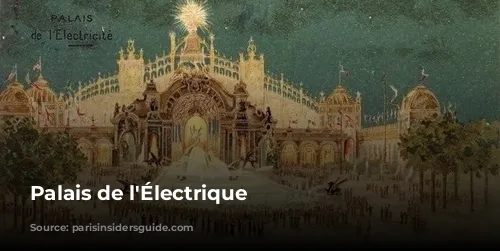
Beyond the Ephemeral: Architectural Endurances
While many of the exhibition’s buildings were demolished after the event, a few stand as testaments to the exposition’s architectural legacy. The Grand Palais and the Petit Palais remain as enduring symbols of the exposition’s grandeur. Today, the Grand Palais is a hub for artistic and cultural events, its iron and glass structure a marvel of architectural innovation. The Petit Palais, home to the Beaux Arts museum, continues to showcase the city’s rich artistic heritage.
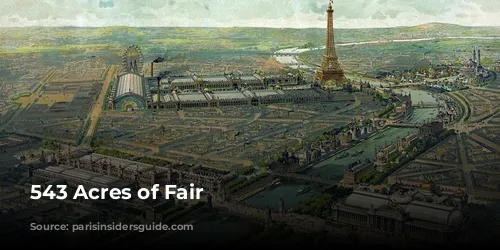
Diesel’s Dream: A Revolutionary Engine
The 1900 Exposition witnessed the debut of a groundbreaking invention that would change the world: Rudolf Diesel’s engine. This innovative technology, demonstrated running on peanut oil, marked the beginning of a diesel revolution. By 1939, diesel power fueled a quarter of the global sea trade. Tragically, Diesel himself wouldn’t live to witness the impact of his creation. He mysteriously disappeared in 1913, leaving behind a legacy of innovation that continues to shape the world today.
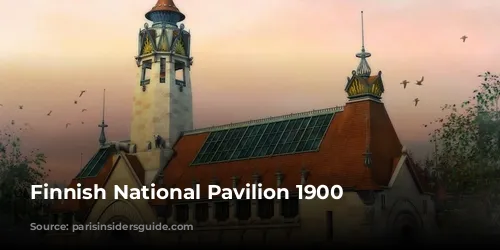
The Legacy of the Belle Epoque: Art Nouveau and Architectural Marvels
The 1900 Exposition was a celebration of the Belle Epoque, an era marked by artistic and architectural brilliance. Art Nouveau dominated the exhibition, with artists like René Lalique showcasing their exquisite jewelry in the Decorative Arts display. Lalique’s work, characterized by its intricate designs and luxurious materials, captured the spirit of the Belle Epoque. Other notable Art Nouveau artists at the expo included Gaillard, Guimard, and Charpentier, whose work reflected the era’s fascination with nature and organic forms.
The Gare de Lyon, another architectural marvel of the Belle Epoque, was built specifically for the exposition. Its iconic restaurant, Le Train Bleu, continues to enchant visitors with its timeless elegance. Today, Gare de Lyon stands as one of Paris’ busiest train stations, a testament to its enduring legacy.
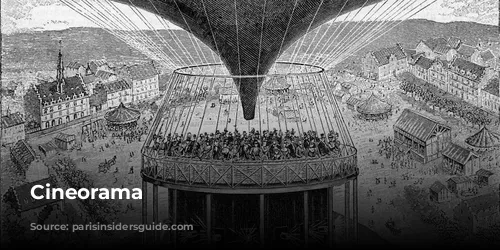
A Legacy of Artistic Brilliance: Rodin and the “Gates of Hell”
The 1900 Exposition also served as a platform for artistic recognition. Auguste Rodin, a leading sculptor of his time, debuted his masterpiece, the Gates of Hell, at the exposition. This monumental work, commissioned by the French government, filled a pavilion dedicated solely to Rodin’s sculptures, solidifying his place as a master of the art form.
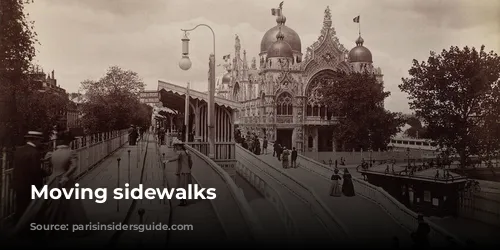
A Bridge Across Time: The Pont Alexandre III
The Pont Alexandre III, a breathtaking bridge spanning the Seine, was inaugurated on April 14, 1900, just a few months before the exposition opened. This Beaux-Arts-style bridge, adorned with Art Nouveau lamps, winged horses, and cherubs, connects the Champs-Elysées to the Invalides and the Eiffel Tower. This architectural triumph, classified as a French historic monument, continues to captivate visitors with its timeless beauty.

The Enduring Spirit of the Paris Exposition
The 1900 Paris Exposition was not merely a celebration of the past; it was a bold glimpse into the future. It was a testament to human ingenuity, artistic expression, and the power of collaboration. Its influence extended beyond its initial six-month run, inspiring architectural and technological advancements that continue to shape the world today. The spirit of the exposition, one of innovation, progress, and a celebration of the human spirit, remains a source of inspiration for generations to come.



